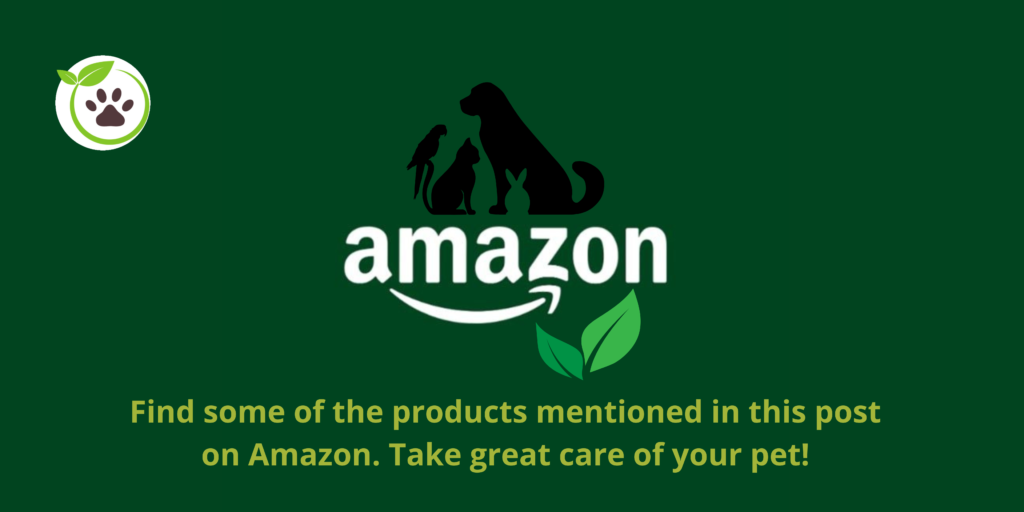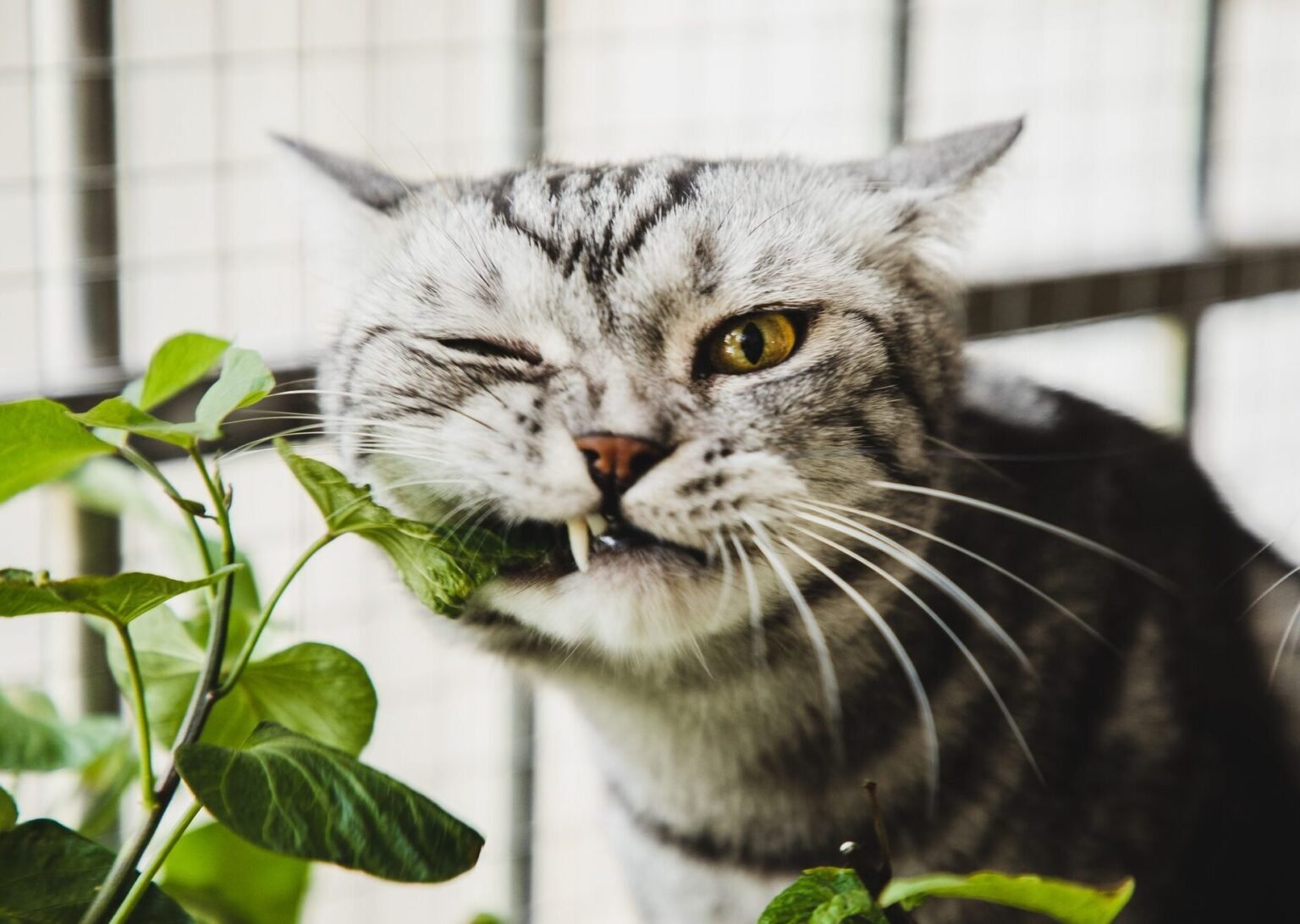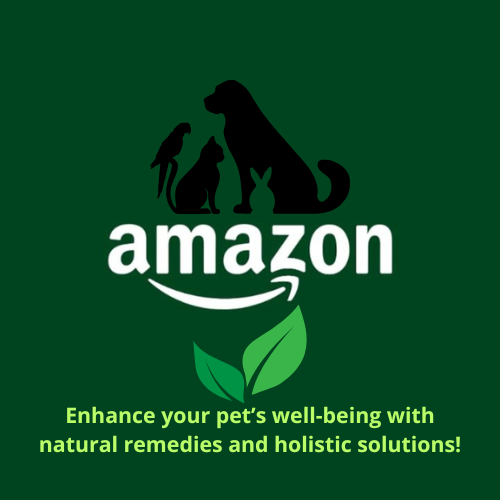Many pet owners embrace natural living, incorporating plants into their homes to enhance their living spaces. However, what’s beautiful to us can be dangerous to our furry friends. Several common household plants pose significant risks to cats, dogs, and other animals, leading to anything from mild discomfort to life-threatening situations. This comprehensive guide explores common toxic plants, their effects, and crucial steps to ensure your pet’s safety.
Common Toxic Plants for Pets: A Detailed Look
This section delves into specific plants frequently found in homes and gardens, highlighting their toxicity levels and potential symptoms in pets. Remember, even a small amount of ingestion can be harmful. Always contact your veterinarian immediately if you suspect your pet has ingested a toxic plant.
1. Lilies (Lilium and Hemerocallis species): Lilies are exceptionally toxic to cats. Even pollen or small amounts of water from a vase containing lilies can cause acute kidney failure, a life-threatening condition. Symptoms include vomiting, lethargy, and loss of appetite, progressing to kidney failure if untreated. Dogs are less susceptible but can still experience gastrointestinal upset.
2. Tulips and Hyacinths: These spring favorites contain toxins called tuliposides and alkaloids, respectively. Ingestion can cause vomiting, diarrhea, and drooling in both cats and dogs. The bulbs are particularly toxic.
3. Sago Palm (Cycas revoluta): All parts of the sago palm are extremely toxic, especially the seeds. Ingestion can cause liver failure, leading to death. Symptoms include vomiting, diarrhea, jaundice, and bloody stools.
4. Azaleas and Rhododendrons: These flowering shrubs contain grayanotoxins, which cause gastrointestinal distress, weakness, and cardiac problems. Even a small amount can be dangerous.
5. Oleander (Nerium oleander): Every part of the oleander plant is highly poisonous. Ingestion can cause vomiting, diarrhea, irregular heartbeat, tremors, and even death.
6. Pothos (Epipremnum aureum): Also known as devil’s ivy, pothos contains insoluble calcium oxalates, causing oral irritation, pain, and swelling in the mouth, throat, and tongue. While rarely fatal, it can cause significant discomfort.
7. Aloe Vera: While known for its medicinal properties for humans, aloe vera can cause vomiting, diarrhea, and lethargy in pets. The sap can also cause skin irritation.
8. Ivy (Hedera helix): Ingestion of ivy can lead to vomiting, diarrhea, and abdominal pain.
9. Daffodils (Narcissus): These beautiful spring flowers contain lycorine, a toxin that causes vomiting, diarrhea, and tremors. The bulbs are especially toxic.
Garlic, Onions, and Other Culinary Culprits
Beyond ornamental plants, several common kitchen ingredients are toxic to pets:
- Garlic and Onions: These contain thiosulphates, which damage red blood cells, leading to anemia. Even small amounts can be harmful, particularly to dogs and cats. Symptoms include weakness, lethargy, pale gums, and dark urine.
- Chocolate: Chocolate contains theobromine, a stimulant toxic to dogs. Dark chocolate is particularly dangerous. Symptoms include vomiting, diarrhea, hyperactivity, and increased heart rate.
Protecting Your Pets from Toxic Plants
Prevention is key to protecting your pets from poisonous plants. Here are some essential steps:
- Identify and Remove Toxic Plants: Carefully assess your home and garden, removing or relocating any potentially harmful plants.
- Keep Plants Out of Reach: Place plants in areas inaccessible to your pets, such as high shelves or hanging baskets.
- Supervise Your Pet: Closely monitor your pet’s activities, especially around plants.
- Educate Your Family: Ensure everyone in your household understands the risks of toxic plants.
- Create a Pet-Safe Garden: Choose pet-friendly plants for your garden and landscaping.
- Emergency Preparedness: Keep your veterinarian’s contact information readily available and know the nearest animal emergency clinic.
First Aid and Veterinary Care
If you suspect your pet has ingested a toxic plant, act quickly:
- Identify the plant: If possible, take a sample of the plant to your veterinarian.
- Contact your veterinarian or a pet poison control center immediately.
- Follow their instructions carefully. They may advise inducing vomiting or providing other treatment.
- Monitor your pet closely for any signs of distress.
Frequently Asked Questions (FAQ)
Q: What are some safe plants for pets?
A: Many plants are non-toxic to pets, including sunflowers, marigolds, zinnias, and roses (though thorns can cause injury). Always research before introducing any new plant to your home.
Q: My pet only licked a leaf; is it still a concern?
A: While a small lick might not cause serious harm, it’s still important to monitor your pet for any unusual symptoms. Contact your vet if you have any concerns.
Q: What should I do if I don’t know what plant my pet ate?
A: Take your pet to the veterinarian immediately. Describe the plant as best you can, including its appearance and location.
Q: Are there any home remedies for pet poisoning?
A: Never attempt to treat pet poisoning with home remedies. Always contact your veterinarian or a pet poison control center for guidance.
Q: How much of a toxic plant does it take to harm a pet?
A: The amount of a toxic plant required to cause harm varies greatly depending on the plant, the size and breed of the pet, and the amount ingested. Even small amounts of some plants can be very dangerous. Always err on the side of caution and contact your veterinarian if you suspect ingestion.
This information is for educational purposes only and should not be considered a substitute for professional veterinary advice. Always consult your veterinarian if you have any concerns about your pet’s health.
Keywords: toxic plants for pets, pet safety, natural pet care, herbal pet dangers, dog safety, cat safety, poisonous plants for animals, pet poisoning, natural pet remedies, herbal supplements for dogs, organic pet care, safe plants for pets
Share this content:







